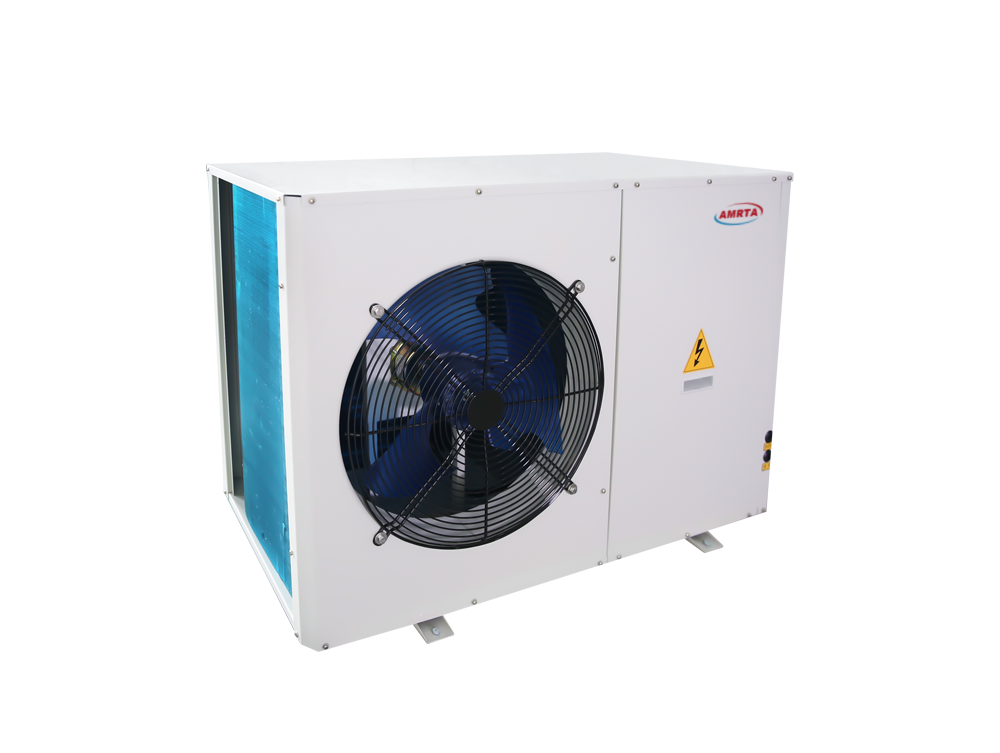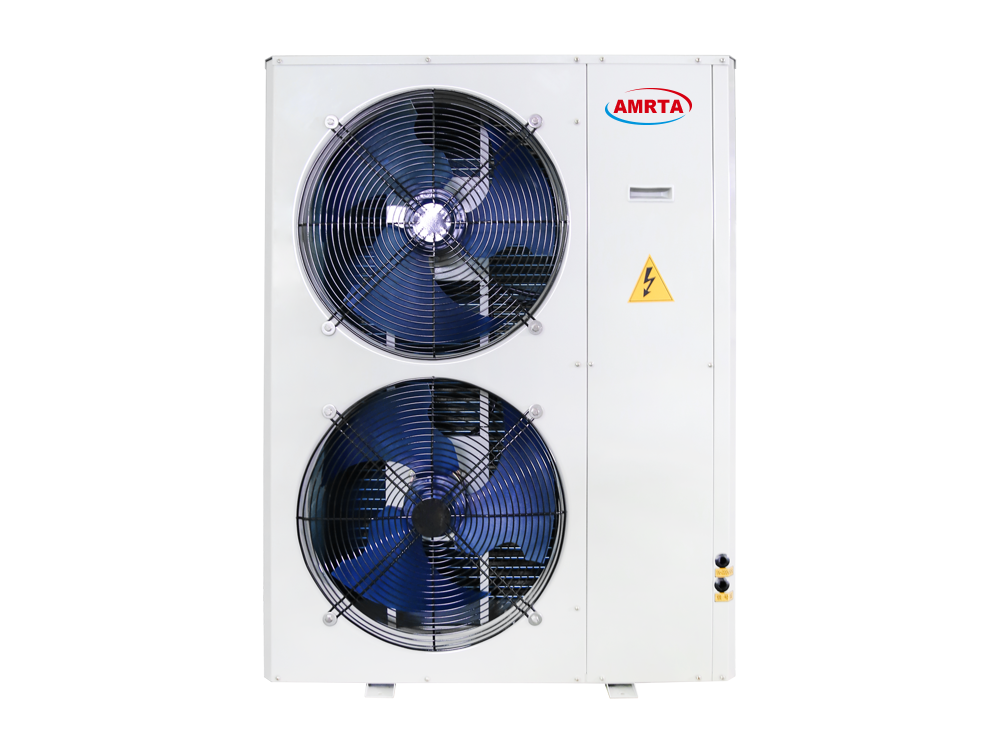[China Agricultural Machinery Industry News] is the autumn harvest of rice in the south of China. The reporter learned in the agricultural province of Sichuan that the current cost of farmers' grain production is rising, subsidies are limited, and income is difficult to increase. The challenges facing Sichuan's grain production are similar to those in other parts of the country. There is an urgent need to fill shortcomings, reduce costs, and promote structural reforms in the food supply side.

Farmers' food production costs are rising, subsidies are limited, and it is difficult to increase income.
It is difficult for farmers with good harvests to increase their income.
During the autumn harvest season, in the rice fields of the Haowei Rice and Rice Professional Cooperative in the Meijiang Modern Agriculture Demonstration Park in Meishan City, the harvester opened a few times and a large piece of millet was cut. The cooperative has more than 50 agricultural machinery such as rotary tillers, rice transplanters, harvesters, etc., and the whole process of mechanization is cultivated, planted and harvested.
The cooperative has transferred more than 8,000 mu of land this year. Li Xiangde, the 45-year-old cooperative director, is the "large grain-selling grain seller in the country." According to his estimation, the rice production capacity of the cooperative reached 1300 kg this year. "The rice is full and the output is higher than last year."
"Relying on agricultural science and technology, new agricultural machinery, large-scale planting, and growing grain can also make money." Li Xiangde said.
However, in the face of bumper harvests, not all food farmers are as optimistic as Li Xiangde. In the rural areas of Chengdu, a grain farmer gave the reporter an account. Now the planting cost per mu of rice is close to 1,500 yuan, and the output per mu is generally 1200 kg. According to the national purchase price of 1.38 yuan per kilogram last year, one mu of rice can sell 1600 yuan. Diversified.
“It’s not bad to earn a hundred yuan per mu.†The farmer said, “This has not calculated my own labor. If I calculate my own labor by 80 yuan a day, it is a loss to grow grain.â€
Statistics from the Sichuan Provincial Bureau of Statistics show that last year, the per capita disposable income growth rate of rural residents in Sichuan fell back to single digits in the past six years, at 9.6%. “It is more difficult for farmers to continue to increase their income.†Yang Xinyuan, deputy secretary-general of the Sichuan Provincial Government, said that this has both the impact of slowing macroeconomic growth and the reasons for internal agricultural and rural areas, rising production costs and bulk agricultural products (12.520, -0.06). , -0.48%) Under the "double squeeze" of domestic and international price inversion, the space for farmers to increase their income has further narrowed.
Cost climbing subsidy limited
Spring is the “observation period†of seed price changes. According to data from the Price Monitoring Bureau of the Sichuan Development and Reform Commission, seed prices have risen year after year. At the end of March last year, rice seeds increased by 8.54% year-on-year, and corn seeds increased by 7.32% year-on-year. At the end of March this year, rice seeds rose by 1.41% year-on-year, and corn seeds rose by 1.05% year-on-year.
The increase in land transfer rents and labor costs is also relatively large. The reporter visited several grain-producing counties around the Chengdu Plain and learned that in the past three years, the rent per mu of land has risen from “600 kg rice market price†to “800 kg rice market price†and “1000 kg riceâ€. market price". The price of renting land for the surrounding farmers has also risen from 60 yuan a day to 80 yuan a day. Even when the farmer is busy, even 100 yuan a day, 120 yuan a day can not be invited.
Research from the agricultural sector also reveals the urgency of food production reform. The agricultural bureau of a city in northern Sichuan has concluded that the rural labor force is seriously lacking, the labor price is rising, and the price of agricultural production materials continues to rise. It is an indisputable fact that the comparative benefits of grain production have been repeatedly reduced. .
It is understood that the subsidy policy has played a role in benefiting farmers. However, when China joined the WTO, it promised that the “yellow box†subsidy should comply with the “two 8.5%†upper limit, that is, the “yellow box†subsidy for specific products should not exceed 8.5% of the output value of the product, and the “yellow box†subsidy for non-specific products should not be subsidized. Exceeding 8.5% of the total agricultural output value.
Yang Xinyuan said that due to the "ceiling" restrictions of the "yellow box" policy and the shift of subsidies to "invariable stocks" and "incremental adjustments", the country's space for agricultural subsidies has narrowed.
Promote supply-side structural reform
This year's No. 1 Document of the Central Committee proposed “promoting the structural reform of the supply side of agricultureâ€, which pointed out the direction of reform for food production. In Yang Xinyuan's view, as far as Sichuan is concerned, the focus of the supply-side structural reform is to adjust the structure, build the brand, promote integration, complement the shortcomings, and reduce costs.
The reporter learned from the Sichuan Provincial Department of Agriculture that the challenges facing Sichuan's grain production are similar to those in other parts of the country. In terms of cost reduction, Sichuan is supporting a variety of new types of agricultural management entities, driving the proportion of moderate-scale operations to continuously improve, while promoting agricultural green production. Promote water-saving, fertilizer-saving, medicine-saving, and land-saving technologies to improve the efficiency of input utilization. In terms of supplementing the shortcomings, it is to increase investment in agricultural infrastructure and build 4 million mu of high-standard farmland every year.
A scale operation like Li Xiangde’s cooperative will be promising. Guo Xiaoming, deputy dean of the Sichuan Academy of Social Sciences, believes that the “decentralized†model based on farmers will be difficult to sustain. It should focus on the grain-producing areas, rely on moderate scale operations, mechanization instead of labor, and large grain households and families. Farms and professional cooperatives have shifted to a “centralized†model.
(Original title: Grain-cropping in the threshing season - a survey on the reform of the grain supply side in the agricultural province of Sichuan)
Low Ambient Temperature Air Source Heat Pump
Cooling capacity:10kW-20kW
Advantage: High efficient; -25℃ low air temp; EVI system; CAREL controller.
Characteristics:
1.High efficient. THe application of EVI technology together with the high efficiency heat exchanger improves the heat exchanging rate.
2.Low working temperature. Heat pumps achieve optimum performance at ambient temperature as low as -25℃, ensuring 60℃ hot water all year round.
3.Easy control. Intelligent control system with CAREL controller makes it much easier to control your unit whenever you need.
4.EVI technology. The EVI compressor ensures the heat pump operate safely at low ambient temperature with highest efficiency and less noise.


Low Ambient Temperature Air Source Heat Pump
EVI Heat Pump Air Cooled Chiller,Air Cooled Heat Pump Water Heater,Portable Air Source Heat Pump,EVI Heat Pump Air Cooled Chiller
Jinan Amrta Air Conditioning Co.,Ltd , https://www.amrtaac.com